Speakers
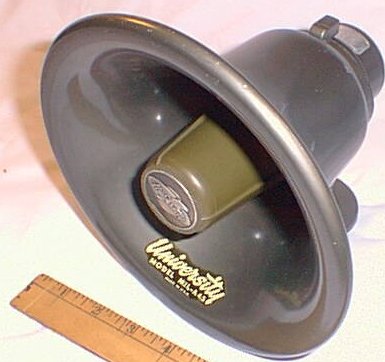
These horn speakers are great for outside use. The biggest one I ever had was 15 inches diameter.
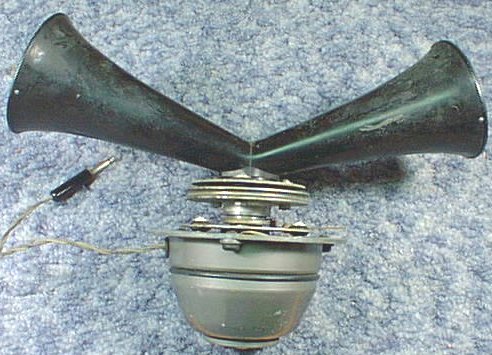
This horn speaker was used with the base mounted inside a cabinet, and the horn portion was rotated by a motor and belt. The effect was similar to a Leslie speaker.
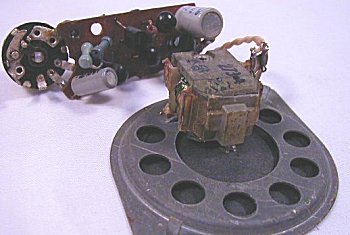
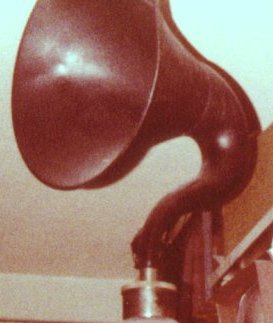
These two speakers have something in common - both use a small armature which vibrated back and forth in the field of a horseshoe magnet. The armature was fastened to a small pin which transferred the vibrations to the cone.
The smaller speaker is out of a GE pocket radio. The big advantage of this type of speaker is that high impedance coils are easier to use because the windings don't have to be fit inside of a voice coil gap, as in a regular speaker.
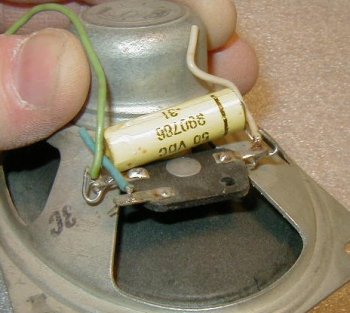
This speaker from an RCA transistor radio is normal except for the fact that it's center tapped. This construction eliminates the output transformer. There are three terminals on the speaker, and three VC leads going into the cone. (Too crowded in there to get a good picture).
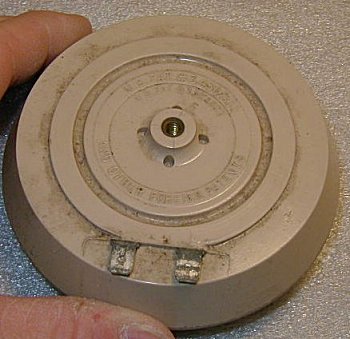
This could be considered an invisible speaker.
Originally introduced in the 60's as the Ashworth Sound Reproducer, this unit was screwed into a wall. The mounting stud connected to the voice coil, and the field magnet floated. The inertia of the large magnet forced the wall to vibrate when a signal was applied, turning the wall into a giant speaker.
The only problem was high-frequency response.
The old dynamic speakers were fun to experiment with. If you feed the field coil with 60 Hz, you'll get the sum and differences between the 60 Hz and the signal, just like using a balanced modulator. Play some music into it, and the notes will come out in 14 different keys. (Yes, I know there are only 12 keys in music, but this experiment yielded some wild results).
Museum page





